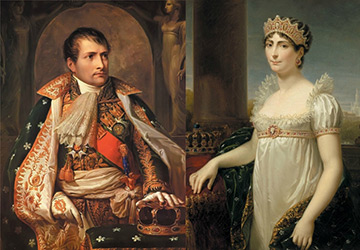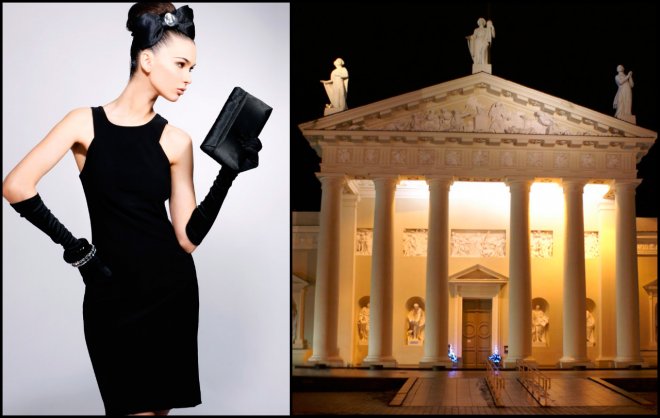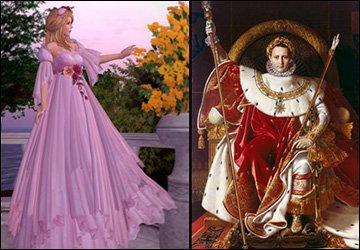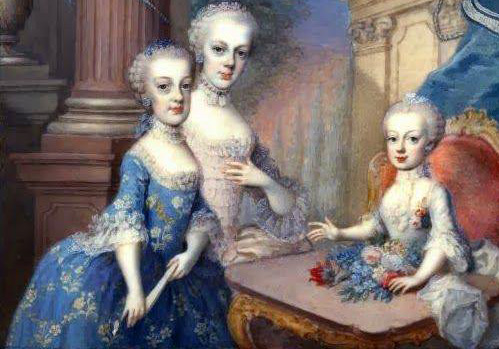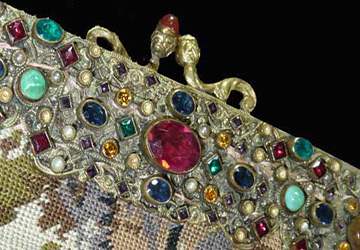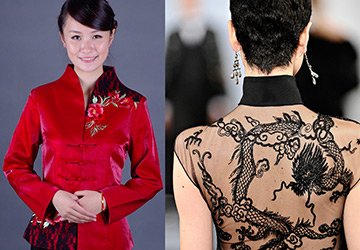Style
Classicism style in clothes
The classicism style arose at the end of the 18th century. It manifested itself immediately and very clearly. It was then, as a result of the excavations of the ancient cities of Pompeii and Herculaneum, that interest in Greek aesthetics arose. Early classicism in costume is called the directory and falls on the late 18th - early 19th centuries.
This style could be observed in painting in the works of such masters as J.-L. David, in architecture - the Vendome Column, the Arc de Triomphe in Paris, on theatrical stages in performances with antique subjects, in which the actors were dressed in ancient Greek tunics and chitons, with hairstyles in the form of Greek knots raised high on their heads.
The same could be observed in the silhouettes of fashionable clothes; restrained forms and decor appeared. Soon, secular fashionistas in Paris put on shemiz dresses made of thin muslin, almost fitting to the body, with a large neckline that exposes a beautiful neck and a snow-white body. The waist of the dress was set high, almost under the bust, the sleeves were often very small, like flashlights, or with no them at all. Chemises gave the ladies lightness and airiness, especially young beauties.
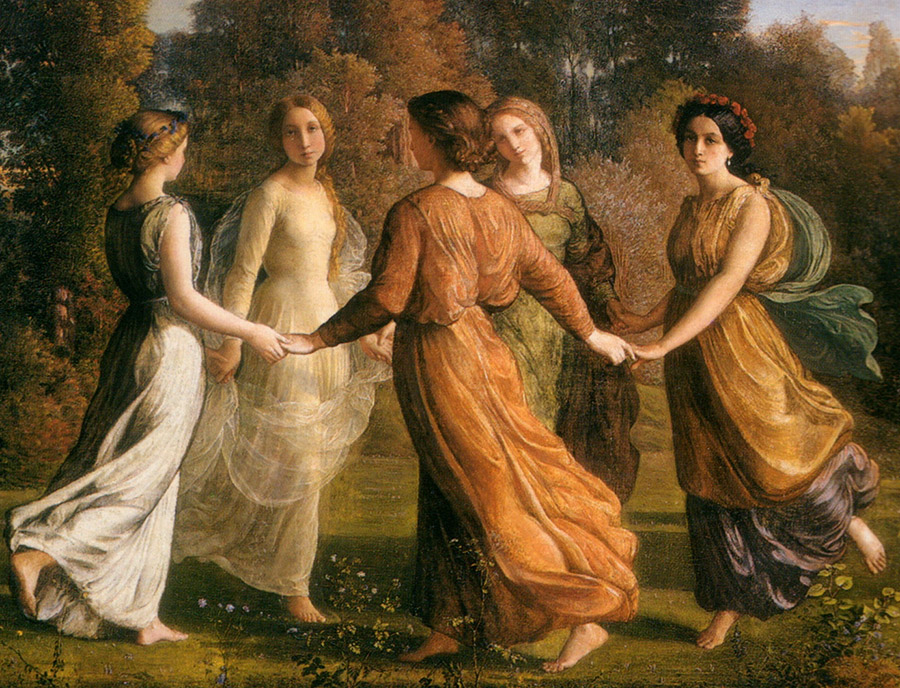
The ladies strove to resemble the Greek goddesses, whom they admired through the contemplation of painting and sculpture, as well as in their imaginations when reading poetry. The beauties of Paris sought an extraordinary whiteness of their skin, giving them a resemblance to marble Greek statues. At that time, Madame Recamier, Madame Talien and Josephine Beauharnais became the ideal embodiment of the standard of beauty.
Portraits of secular ladies appeared who posed for artists barefoot in snow-white shemiz, not forgetting to adorn themselves with jewelry in the form of tiaras, cameos, bracelets, brooches. Especially magnificent are the portraits of young beauties in the form of nymphs, left to us by the artists of that time. The shemiz dress has become the favorite dress of the Directory era.
Shemiz textiles - white muslin and cambric, gauze and crepe with embroidery in white satin stitch. These dresses were weightless, their weight reached 200 - 300g. They fit beautifully the body of the beauties, leaving the neck, shoulders and arms naked. Sometimes, fleeing the cold in such a light dress, the ladies threw a lace kerchief over their shoulders.
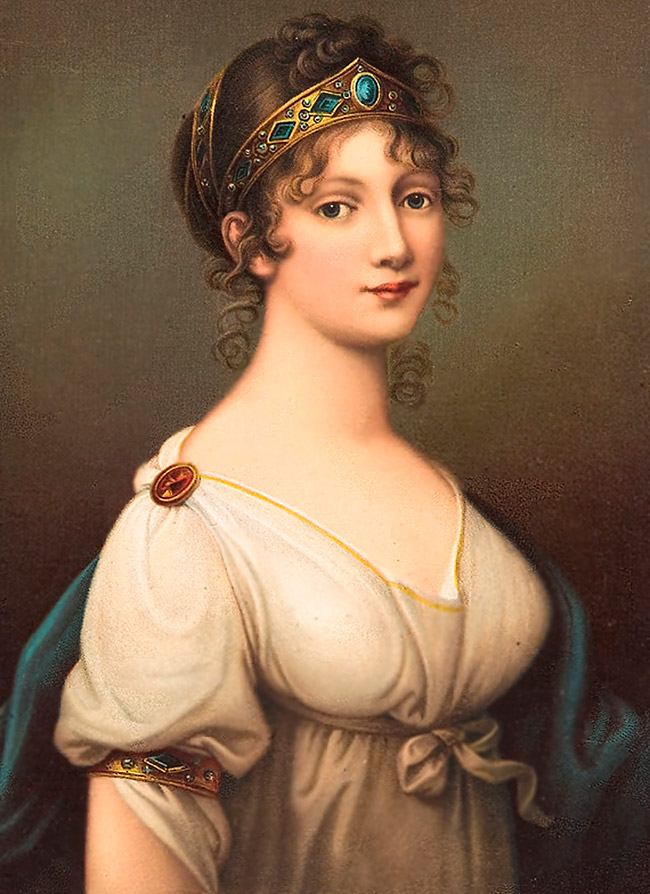
Napoleon, who gave his wife the thinnest shawl made of wool from Kashmiri kids, defined women's fashion for this detail of the dress for a long time. All the ladies quickly took advantage of the beauty of the shawl, and Josephine Beauharnais later set up the production of French shawls, which spread throughout Europe.
Classicist hairstyles, shoes and jewelry
The hairstyles also resembled ancient times. Directory era fashion was called "nude" or "nude". This is indeed the case. In those airy and light outfits, it was difficult to feel protected, unless the shawl covered the beauty's body in cold weather. Therefore, many women of fashion of that time often caught cold, and sometimes the disease ended tragically.
The shoes were as light as the dress. These were Greek sandals or flat-soled closed shoes, such as modern ballet flats.
Turbans and turbans were popular as a headdress, and caps at home. Everything, it seems, was unusually simple, but the jewelry on the lady was in abundance. It was a luxurious addition to the "humble" shemiz. Of course, the head of the beauties was adorned with tiaras, as should be the case for the Greek goddesses.
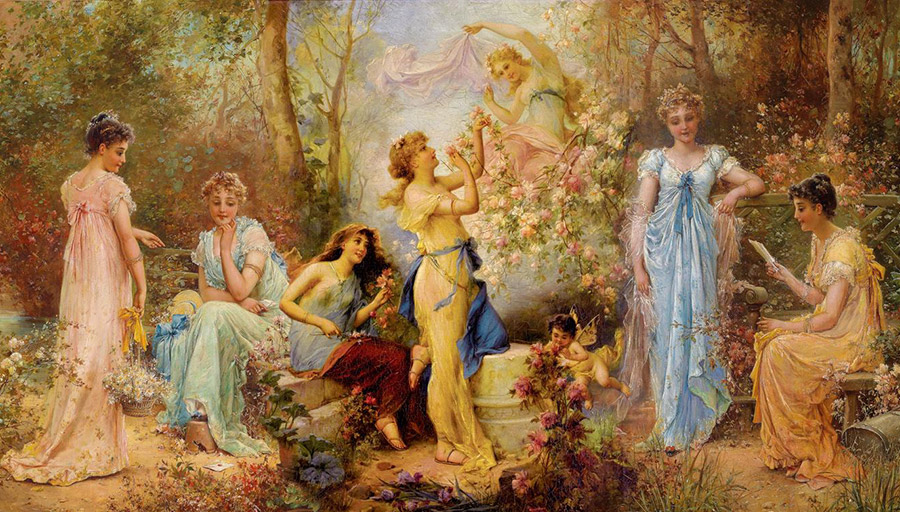
Cameos, bracelets, brooches, and various hairpins were popular. The hair shimmered with strands of pearls that matched perfectly with the whiteness of the skin. She was especially fond of Madame Talien's jewelry. They say she had beautiful skin and black velvety eyes. Another beauty of that time was Madame Recamier. There were few adornments on it, which gave it naturalness and charm.
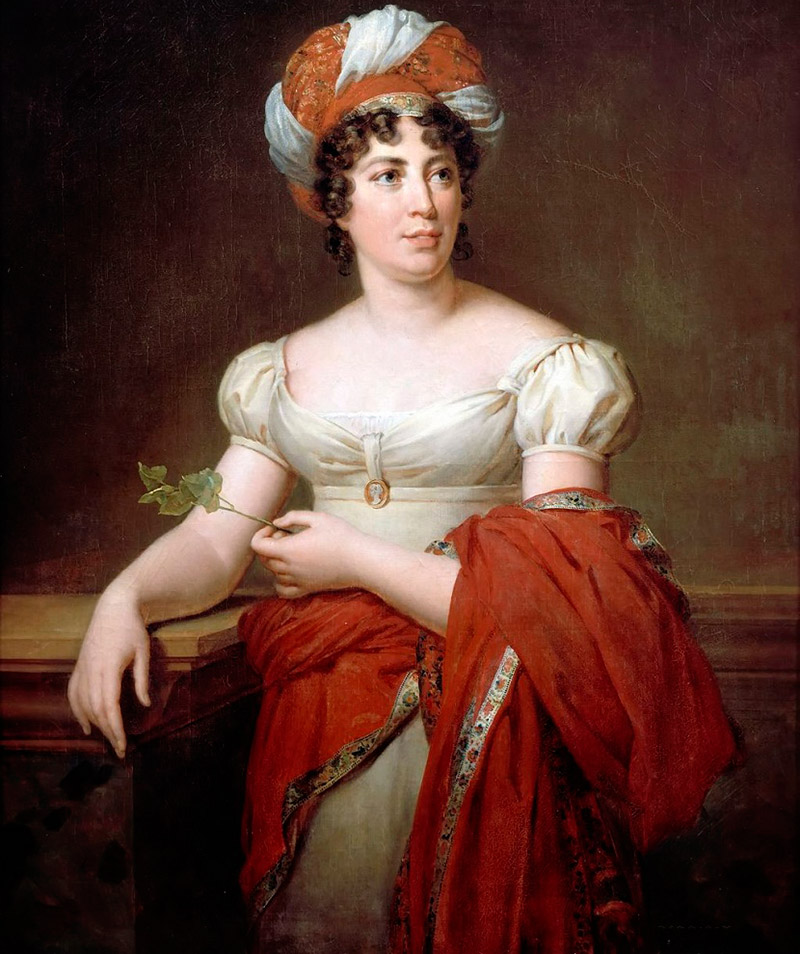
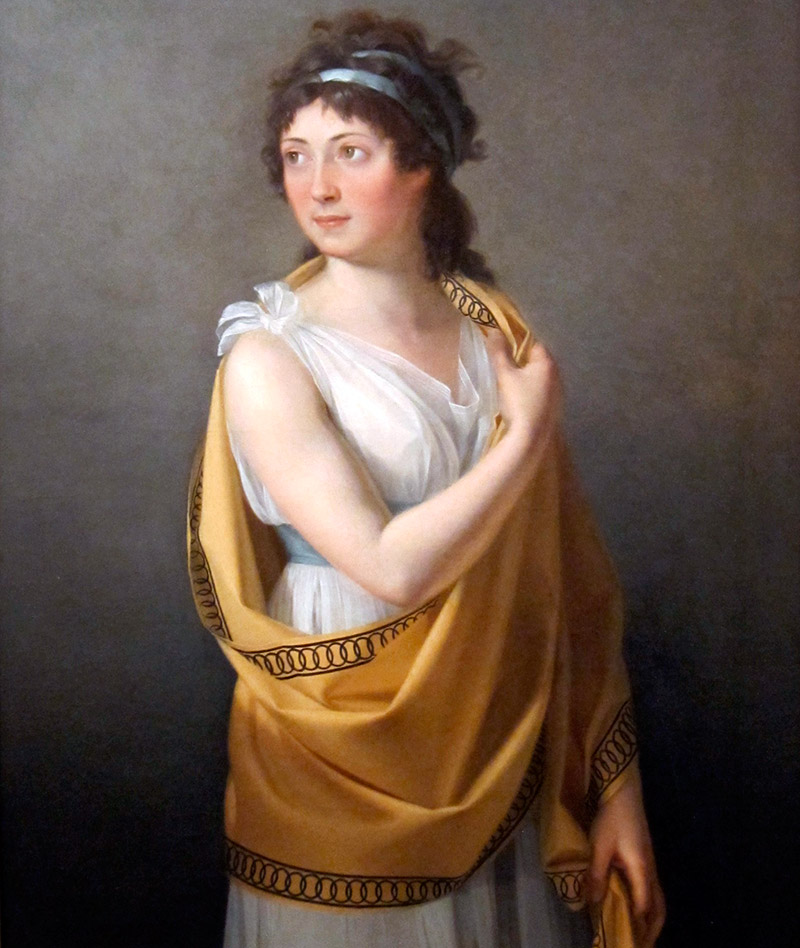
Many ladies aspired to natural beauty, but, as you know, nature presents us in different ways, which means that this needs to be corrected. Therefore, women powdered all exposed areas of the body and used fragrances. Men at this time, on the contrary, stopped wearing powdered wigs and gave up makeup. That is, women became even more feminine and charming, and men - more masculine. (In our time, unfortunately, the opposite is true).
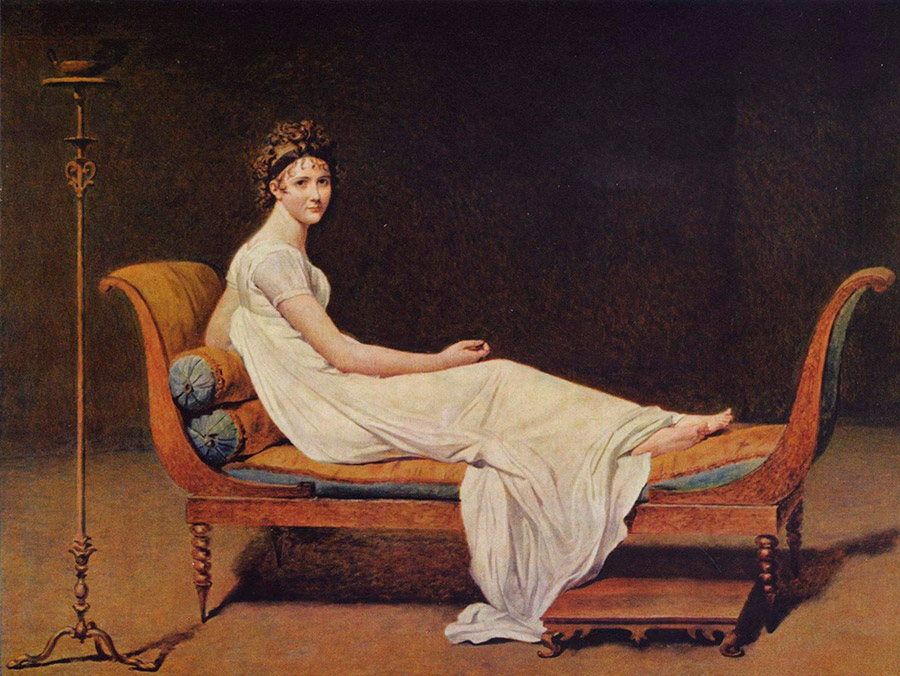
Men's clothing consisted of a shirt, vest, tailcoat and tight pants, shoes were with low heels. The entire ensemble ended with a cocked hat, and later with a bicorne hat. Wool and broadcloth were popular for this garment, as well as cambric (for undershirts).
This was the fashion of the aristocracy. But other representatives of bourgeois circles appeared, who fled into exile during the revolution along with the aristocracy. The youth of this class posed as victims of the revolution. They created their own clubs, tried to stand out from the mainstream. They were joined by the new rich (from the lower classes), who quickly became rich during the revolution. They were called Nouveau riches (from the French nouveau riche - nouveau riche - new rich man).
As usually happens during revolutions and coups in the country, new representatives of the wealthy class appear. Most of them acquired the savings and wealth that came to them thanks to their grip, dexterity and resourcefulness.
The word nouveau riche initially had some disdain of the aristocracy for these nosy representatives of the new youth. Indeed, they did not differ in a special cultural level and aristocratic manners, and therefore their aesthetic representations in the field of fashion were somewhat defiant.
The children of the nouveau riche have created their own style. In the history of the costume, this style is considered a manifestation of "anti-fashion". (You don't think something similar is happening in fashion today). So, at that time, the original and defiant costumes of these young people were called "incrujable" (incredible). These were baggy, sometimes badly ironed tailcoats, waistcoats buttoned with one button, etc.
There were also other representatives of fashion - "muscaden" (dandy). They wore a tie symbolizing the noose around the gallows' neck; instead of a tie, there could be a red ribbon or a tourniquet symbolizing blood from the guillotine. Some wore a red necklace for the same purpose.
The girls-girlfriends of the young men "incrujable" and "muscaden" also dressed extravagantly. They were called "merviez" - miracles. They dared to wear youth-like hairstyles - victims of the revolution, and sometimes their hair was simply scattered around the shoulders and back. Dresses "merviez" vaguely resembled shemiz only in that they were sewn from thin muslin with a high waist.
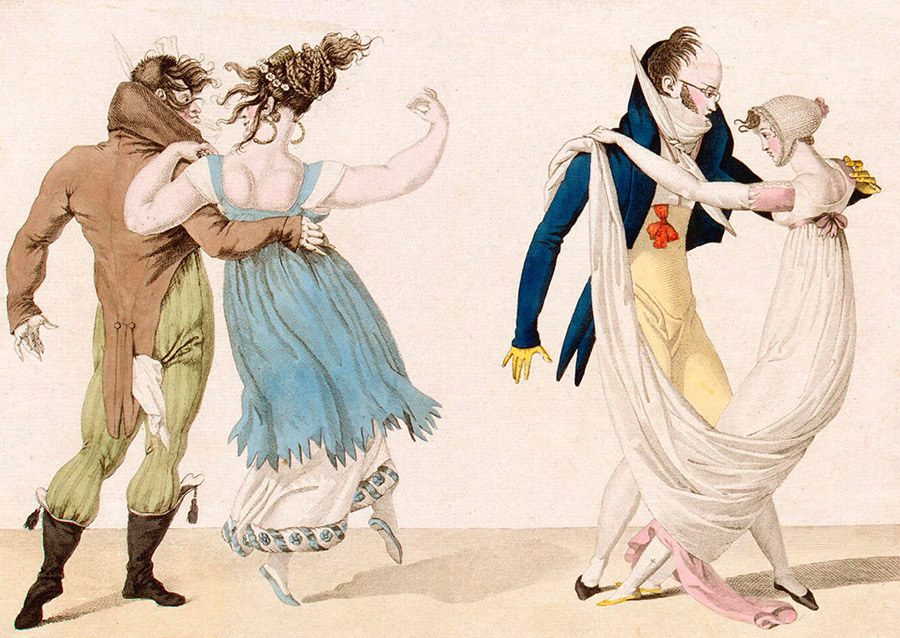
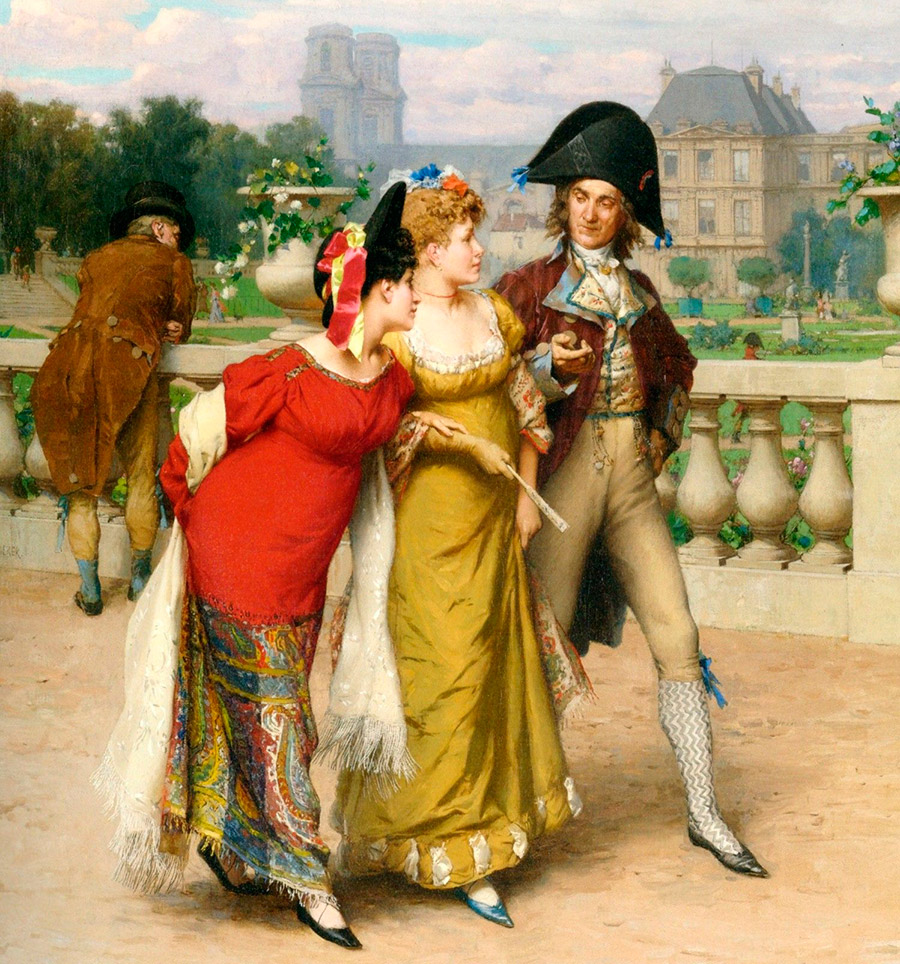
In the era of the directory, many different directions in fashion arose, which lived only for a short time. Some events were quickly replaced by others, the democratization of clothing of all strata of society took place.
The French Revolution (1789-1799) was a turning point in the history of costume. The events of that time became a powerful accelerator of processes changing European fashion towards democratization and the abolition of social differences.

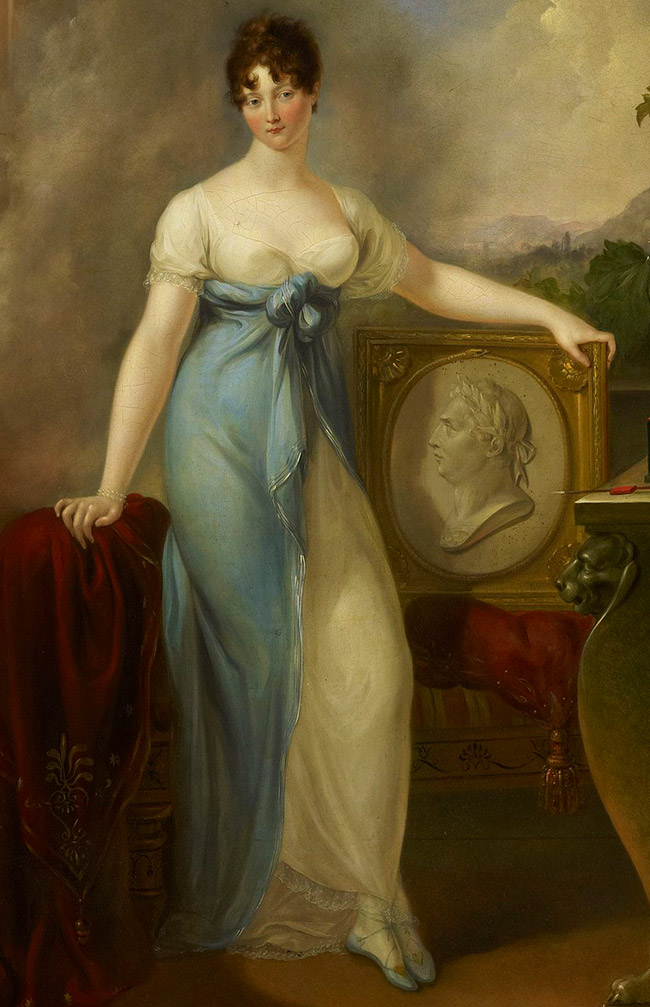
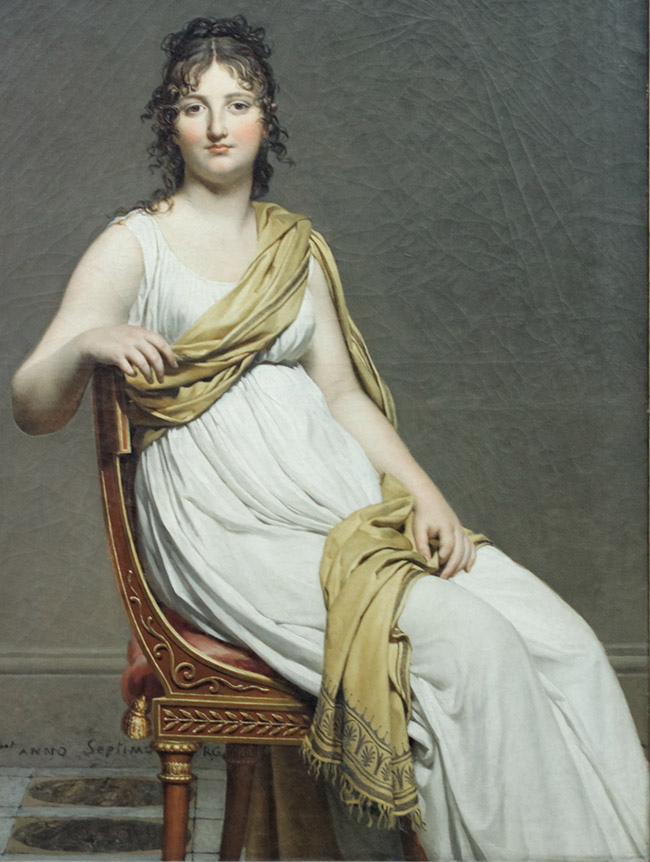
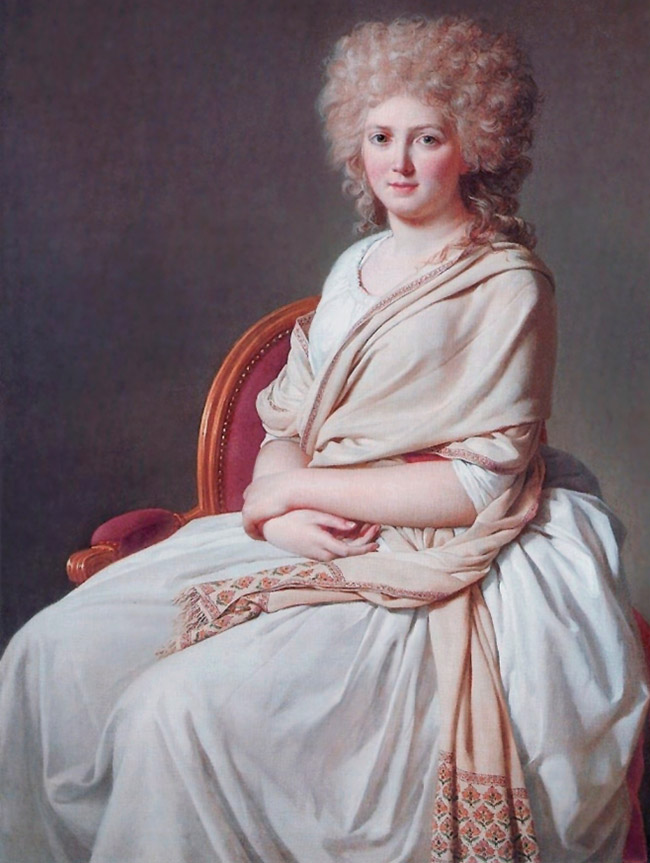
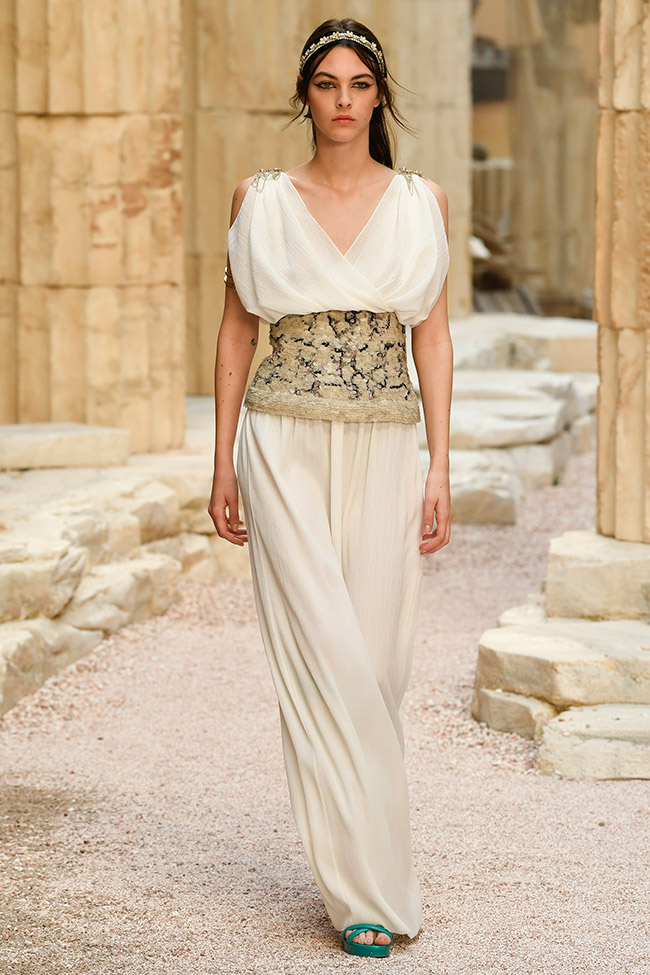
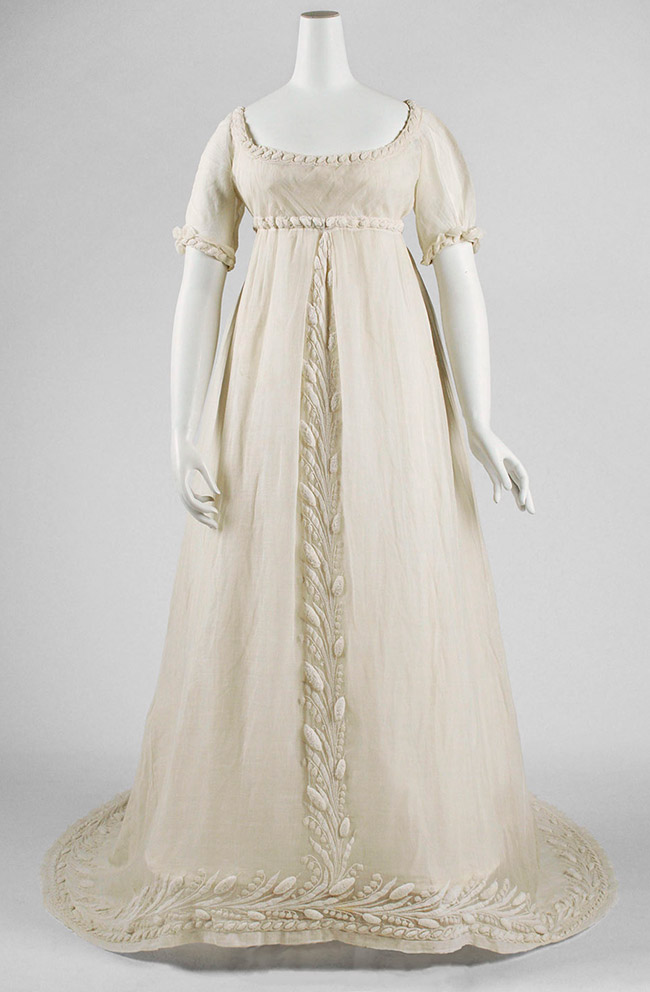
Comments and Reviews
Add a comment
Rating news
Shades of clothing that make women look younger
What shades of hair make women younger: rules and photos
Funny wedding dresses - photos and ideas
12 most expensive down jackets for the winter
How to look 25 at 40: tips from supermodels
Beautiful schoolgirls
Anti-aging haircuts and hairstyles for women
Fashionable skirts for autumn and winter
Fashionable women's trousers for the cold season
Fashionable and stylish sandals for summer 2024
Spring-summer 2024
 Fashionable dresses and tops with thin spaghetti straps
Fashionable dresses and tops with thin spaghetti straps
 Bandana tops: how to wear stylishly and beautifully
Bandana tops: how to wear stylishly and beautifully
 How to put together the perfect men's wardrobe for the summer
How to put together the perfect men's wardrobe for the summer
 Trendy shorts for spring-summer 2024
Trendy shorts for spring-summer 2024
 Fashionable skirts for spring-summer 2024: a guide to online shopping
Fashionable skirts for spring-summer 2024: a guide to online shopping
 The most fashionable dresses spring-summer 2024: styles and colors
The most fashionable dresses spring-summer 2024: styles and colors
 Fashionable total look 2024: image ideas and trends
Fashionable total look 2024: image ideas and trends
